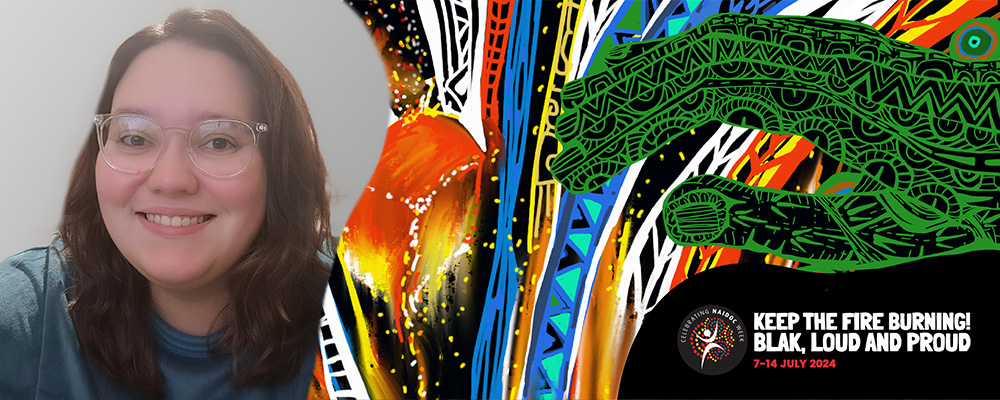WHAT‘S HAPPENING
News & Events
NAIDOC Week Spotlight: Leesha Cole
07 July 2024

Every year the South Australian Film Corporation celebrates NAIDOC Week by highlighting the work of First Nations screen creatives living and working in South Australia.
This year we are showcasing seven First Nations South Australian creatives who are currently in the midst of writing original short film scripts as part of phase one of the SAFC’s First Nations Short Film Program.
The program is well underway, with the writers participating in an intensive weekend workshop last month with experienced First Nations filmmakers and mentors Pauline Clague, Dena Curtis and Aaron Fa’aoso, and experienced producer Paul Ryan of Adelaide Studios based 57 Films.
Once their polished scripts are completed each writer will be eligible to team up with a director and producer to apply for phase two of the program, and have the opportunity to take their short film into production.
Find out more about the First Nations Short Film Program here.
In this article we meet Ngarrindjeri creative Leesha Cole.
How long have you been a writer? How did you get started?
I have been writing (or creating) since I was five years old. One of my Nan’s favourite stories is that at five years old I would use her as a stenographer, copying out all the stories I had in my head. If she missed something, I could re-recite it with no issues.
I got started by just writing and acting little pieces. I worked with ActNow in their interactive performance Responding to Racism to get a feel for my acting style and work. I had the privilege of being mentored by the amazing Nancia Guivarra as part of InReview’s inaugural First Nations Critical Writing for the Arts Mentorship program.
What is the most valuable lesson you’ve learned from the SAFC’s First Nations Short Film Program so far?
To condense my work so I stop getting lost in the smaller details and focus on the larger storyline. Then once the script is finished you can extrude and add in all those little details, rather than going in one hundred directions at once and missing the point of the story.
How did the idea for your script come about?
My script was originally a play I’d dreamed of presenting at the Adelaide Fringe but when looking at it from afar I realised the potential it had as a short film.
It is meant to evoke discomfort and offence in terms of the disrespect you see, and the fights played out for the viewers. It’s that feeling of having dinner with a friend’s family, awkwardly silent, watching a fight play out. Knowing you can’t speak up because it’s not your family drama, but at the same time you feel you have a right to an opinion as you are literally right there.
But do you? You don’t know the behind the scenes, the hidden conversations or the relationship each member has with another.
What does NAIDOC Week mean to you?
NAIDOC Week holds a profound place in my heart, resonating deeply with my journey as a storyteller and member of the First Nations community. It’s a pivotal time where we come together to honour and celebrate the rich cultural heritage, resilience, and achievements of Aboriginal and Torres Strait Islander peoples.
For me, NAIDOC Week is more than just a commemoration; it’s a poignant reminder of the ongoing struggle for recognition, reconciliation, and justice. It’s a time to amplify our voices, share our stories, and educate others about our diverse cultures and histories. It’s about fostering unity, pride, and solidarity among Indigenous communities and beyond, paving the way for greater understanding and respect.
NAIDOC Week inspires me to continue advocating through my creative work, ensuring our narratives are heard and our contributions acknowledged both now and for future generations.
